Fishing Line
Choose from our selection of high-performance fishing lines. Whether monofilament, braided, or fluorocarbon, these lines provide the strength and durability needed for a successful fishing expedition.
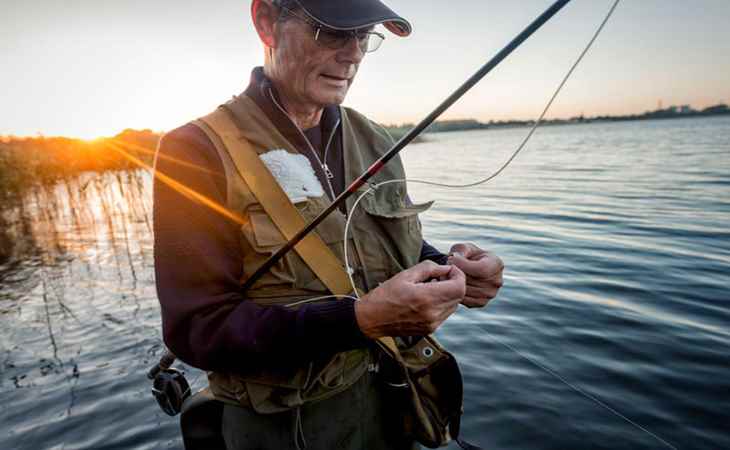
Showing 1–12 of 178 results
-
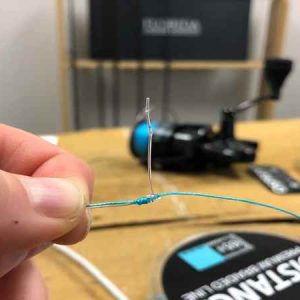
Braided Line (95)
-
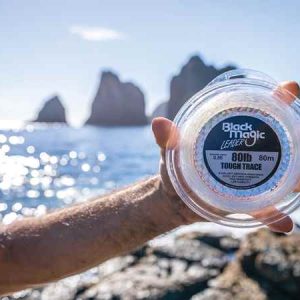
Fluorocarbon Line (114)
-
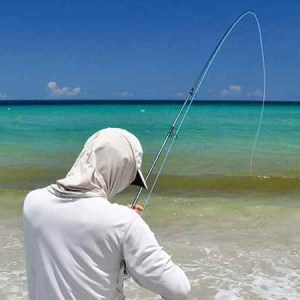
Fly Line (107)
-
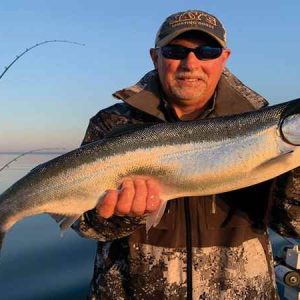
Lead Core & Wire Line (92)
-
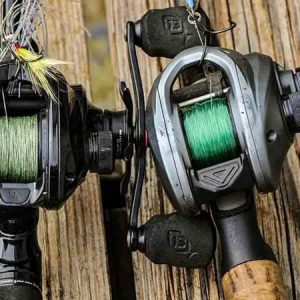
Monofilament Line (64)
Showing 1–12 of 178 results
Elevate Your Fishing Game with Our Ultimate Choice of Top-Quality Fishing Lines
Introduction
Overview of Fishing Lines
Fishing lines are the lifeline between angler and catch. They come in different materials and sizes, each with unique characteristics. The right line affects casting distance, durability, and the overall success of reeling in a catch.
Importance of Choosing the Right Fishing Line
Selecting the appropriate fishing line is crucial. It must withstand the environment and the fish’s strength. A well-chosen line increases the likelihood of a successful fishing trip.
Types of Fishing Lines
Monofilament Fishing Lines
Strengths and Benefits
Monofilament lines are versatile and float on water. They are suitable for various fishing styles, offering good stretch and shock resistance.
Best Use Cases
They excel in topwater fishing and are great for beginners due to their forgiveness and ease of handling.
Braided Fishing Lines
Strengths and Benefits
Braided lines boast high strength and minimal stretch. They provide excellent sensitivity, allowing anglers to feel the slightest nibbles.
Best Use Cases
Ideal for deep-water fishing and situations requiring direct contact with the lure or bait.
Fluorocarbon Fishing Lines
Strengths and Benefits
These lines are nearly invisible underwater and resist abrasions well. They sink faster, making them perfect for subsurface fishing tactics.
Best Use Cases
Suitable for finesse presentations and when fishing in clear waters where line visibility may spook fish.
Factors to Consider When Choosing a Fishing Line
Strength and Durability
The line must be strong enough to handle the targeted fish species and the wear from various environments.
Diameter and Stretch
A thinner line casts further and with more precision, while a line with some stretch can absorb shocks better.
Visibility and Camouflage
The line should blend with the environment to avoid detection by fish, enhancing the chances of a bite.
Water Conditions Compatibility
Lines should be chosen based on the water type—fresh or saltwater—and clarity, considering the impact on line performance.
Advantages of High-Quality Fishing Lines
Enhanced Performance
Premium lines cast more smoothly and accurately, aiding in better lure placement.
Increased Sensitivity
High-quality lines transmit vibrations effectively, helping detect fish activity promptly.
Improved Casting Distance
Advanced manufacturing processes result in lines that facilitate longer casts, vital for reaching distant fish.
Resistance to Abrasion
Top-tier lines withstand rough conditions better, reducing the risk of snapping on rocks or debris.
Choosing the Right Fishing Line for Your Needs
Matching the Line to the Fish Species
Selecting a line that aligns with the species’ size and behavior maximizes the chance of landing the fish.
Selecting the Appropriate Line Weight
Line weight should correspond to the tackle used and the typical weight of the fish targeted.
Considering Fishing Techniques
Whether trolling, casting, or fly fishing, each technique may require a specific type of line for optimal results.
Maintenance and Care Tips for Fishing Lines
Proper Storage Practices
Storing lines away from sunlight and heat preserves their integrity and prolongs their lifespan.
Regular Inspection and Replacement
Periodic checks for nicks or frays can prevent unexpected failures during fishing trips.

















